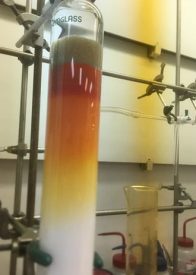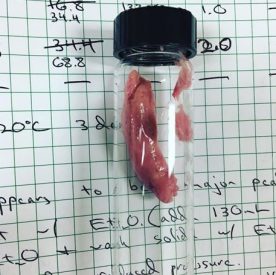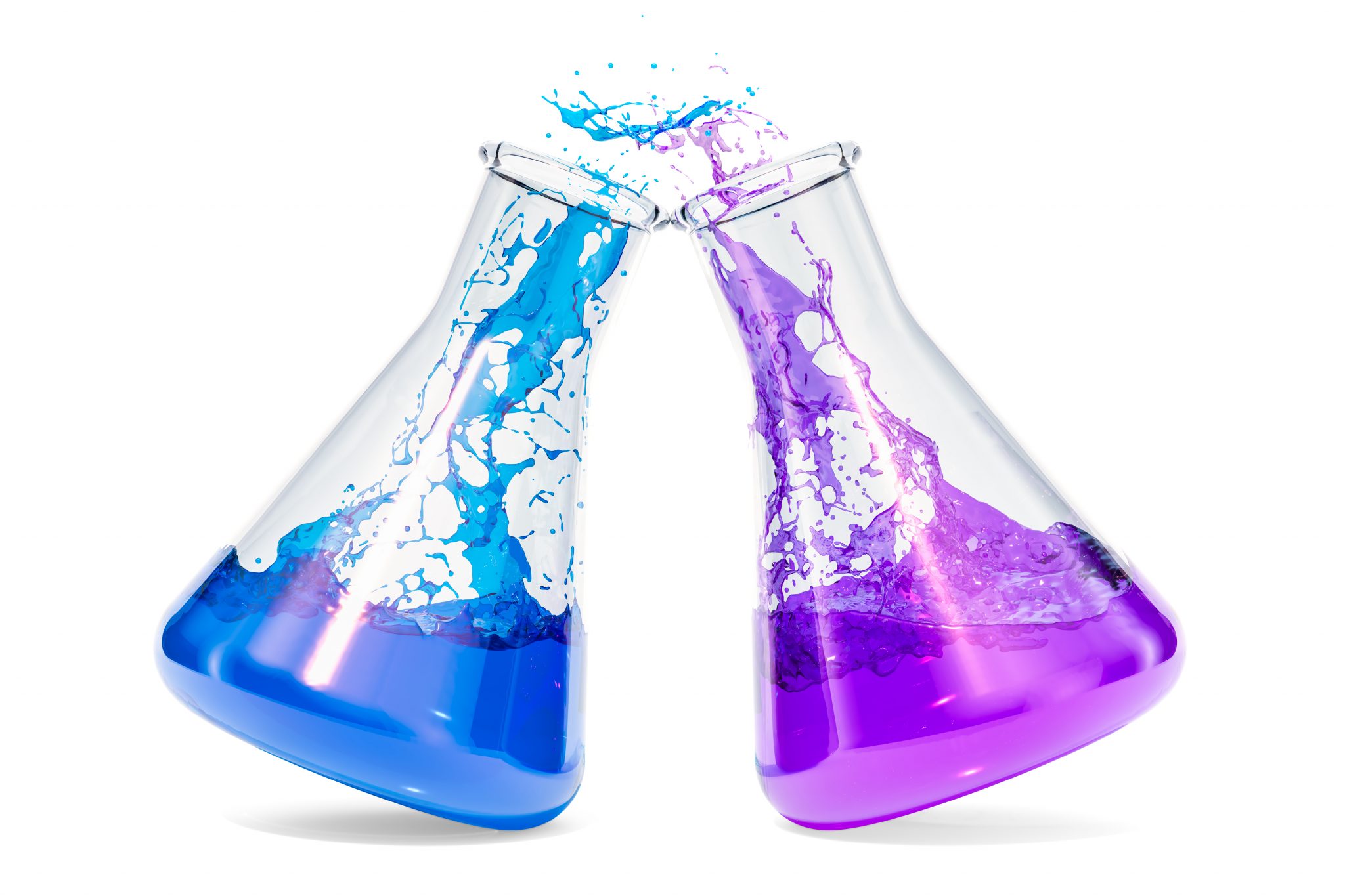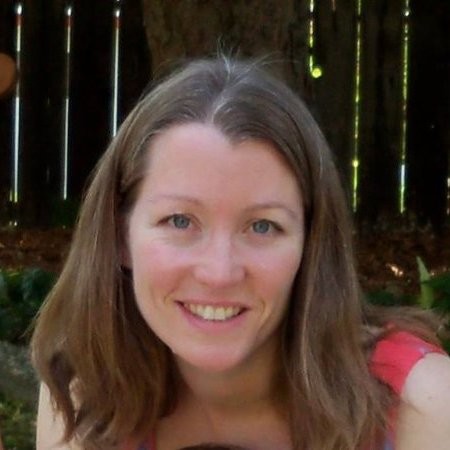Working in the chemistry R&D lab at Biotium is…. How should I put this? A very COLORFUL job! When you specialize in designing fluorescent dyes it’s kind of impossible for it not to be. Poking your head around the chemistry lab it’s hard to not notice a deep purple solution being rotovapped in one area of the lab while a bright fluorescent blue column is being run in another area. But don’t get too hypnotized, or the next thing you know you’ll have spilled your bright green solution all over the floor.
All of the color isn’t just pretty to look at either. It helps you do your job. For example, if you run a reaction that’s really messy but you know your product is going to be orange and not red or yellow, you don’t need a mass spectrum or nuclear magnetic spectroscopy to identify what dye you want to collect and submit to the biologists for testing. You can see it with your naked eye. No fancy instruments needed! Don’t get me wrong though. We certainly have plenty of fancy instruments. We just don’t always need to use them!

While most small organic compounds are colorless (or sometimes a faint yellow) nearly all the products we make at Biotium appear one color and then reveal a completely different color when exposed to a specific wavelength of light. This wavelength is the where the fluorescent dye has its maximum absorption and this value is intrinsic to the chemical structure of the dye. As organic chemists, modifying the carbon skeletons of a chemical’s structure is what we do, and to see how these modifications can help you develop brighter and more photostable dyes is one of the more satisfying parts of my job. It’s amazing how a little fine tuning to a dye’s chemical structure can dramatically change or enhance the biological application of the compound.
Not that the synthetic methods we develop to make new dyes always work. Organic chemistry comes with its fair share of failures. Sometimes you expect to get some bright yellow crystals out of a reaction and you just end up with something that looks like a piece of chewed up bubble gum.

I remember being told by an older chemist as an undergrad that for every hundred “novel” reactions a chemist tries to setup, maybe one will work. That may have been an exaggeration, but we all know that part of doing research is getting used to the idea that while you may slave away for a couple months to make something that you are sure is going to work perfectly, in the end it may not.
But here at Biotium, the successes in the chemistry lab literally and figuratively tend to OUTSHINE the “ones that didn’t work”. Sometimes developing a successful product can be a simple and easy one step process, and sometimes it can take a painstaking multistep synthesis, but either way you usually end up with something bright and shiny at the end. When my 3 year old daughter asks me or my wife what I do at work, our popular answer is to say that “daddy makes colors”. She probably interprets this as I just go to work and finger paint all day long, smearing certain colors together on a piece of paper and making new ones. It’s really not that far from the truth.






